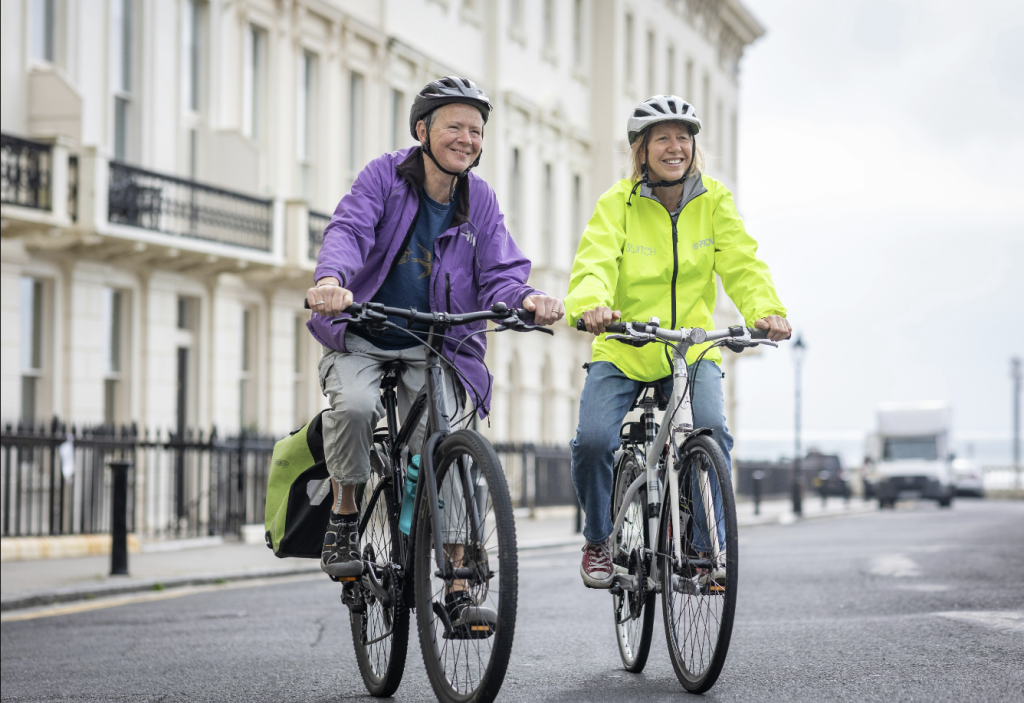Clocks go back on Sunday 27th October this year, which marks the season of short days, lack of sunlight during the day, dark mornings, and early evenings. This however does not stop many commuters from pedalling throughout the winter months.
Riding a bike in the winter requires extra care and attention due to the unique challenges posed by cold weather, slippery roads, and reduced visibility. As the weather gets colder, cyclists need to adopt proactive measures to ensure their safety and enjoy a comfortable ride despite the challenging conditions.
“Protecting your bike from all that winter can throw at it can enhance your safety and prolong your bike’s life” says Simon Bennett, Managing Director of cycleGuard.
Ahead of the clocks going back this weekend, leading cycle and e-bike insurer cycleGuard shares few tips to help cyclists make the most of winter cycling:
Winter-proofing
It may seem counter-intuitive to clean the bike before heading off onto winter’s wet and salty roads, but a clean bike can uncover mechanical defects and hopefully it may get individuals into a cleaning routine for the winter. It does not have to be complicated, as a simple wipe down after a ride with a proper clean of the drivetrain every few weeks proves sufficient.
Mudguards
Enhancing the winter cycling experience can be remarkably easy, with a pair of mudguards. Winter roads often carry mud and grit, causing splashes that can catch both the cyclist and those riding behind. By fitting mudguards, these sprays can be reduced, ensuring a more enjoyable and cleaner ride.
Winter tyres
It is worthwhile fitting a pair of winter tyres to take all that the season can throw at the bike. Not only will the cyclist get added grip on uncertain surfaces, but they will also benefit from extra puncture protection. In addition, wider tyres (25mm-28mm) can run at a lower pressure which will provide additional grip and comfort in slick and icy conditions.
Lights and bike reflectors
As the days get shorter, many bike commutes are undertaken in the dark, therefore ensuring that a bike is fitted with good quality lights and reflectors is an absolute must. Every bike should have at least one, and preferably two rear lights ready for winter in addition to a front light. Reflectors also provide added visibility and can be a lifesaver if the bike’s lights run out of batteries during a ride.
“There are many steps you can implement to make winter cycling safer, but it is important to assess your abilities and decide whether you are up for cycling in winter” continues Bennett.
Discover more about winter cycling on:









